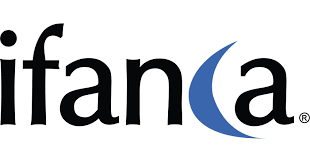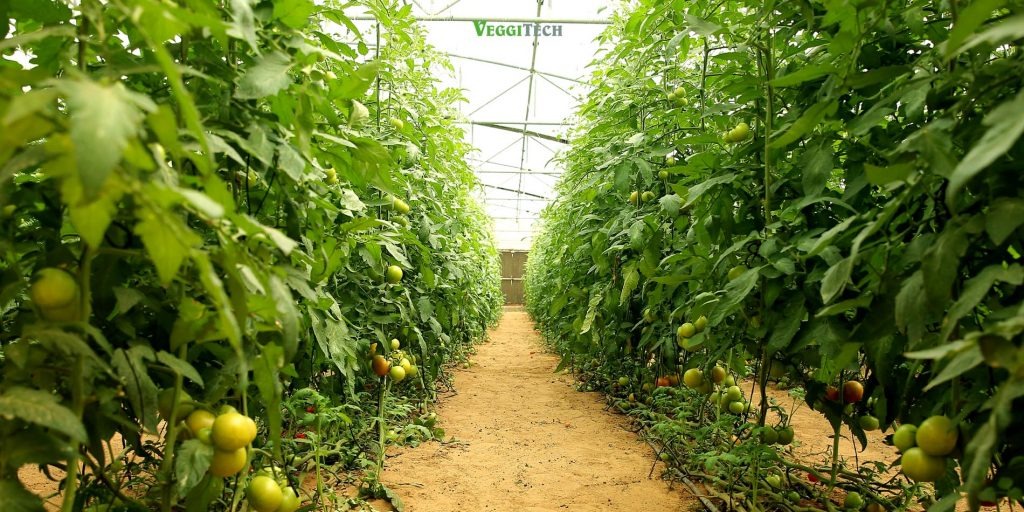
Growth spurt coming: Agri-experts betting on large-scale IoT-enabled vertical farming for UAE food, water security
DUBAI - We’d need to grow a lot more edible crops to feed the expected 9.7 billion people who will live on Earth in 2050, from 7.7 billion in 2019, according to United Nations estimates.
In the United Arab Emirates where arid lands cannot accommodate traditional agriculture, experts are betting on large-scale smart, vertical farming for water and food security as the population grows from 10.6 million in 2020 to a projected 15.5 million in 2050. With its experience and expertise building mega projects, the UAE could easily lead in large-scale vertical farming, according to agri-experts at the recently-concluded trade fair Gulfood in Dubai.
“When you look at traditional farming, which is open-soil farming, you can expect around 12-15 kg of produce per square metre per annum, and you would potentially use 2,000 gallons of water per kilogram of produce,” said Hemant Julka, co-founder and chief operations officer of UAE-based VeggiTech.
In comparison, vertical farming hydroponics can triple the yield, providing 35-40 kg of produce per square metre per annum, and in some cases up to 60 kg, with crops such as tomatoes. Water usage would also be much lower – around 200 gallons per kilogram of produce, according to Julka.
VeggiTech was set up in 2013 in South Korea before expanding to the UAE in 2016. Since then, it has focused on building and transforming indoor vertical farms to grow crops amid the UAE’s harsh climate conditions.
Vertical farming is the practice of growing crops in layers that stack up. It often incorporates controlled-environment agriculture that optimize plant growth and soilless techniques, such as hydroponics (cultivating plants in water), aquaponics (coupling aquaculture with hydroponics), and aeroponics (growing plants in an air or mist environment).
“Where water is a scarce commodity, but you have access to a decent cost of power and reliable infrastructure, vertical farming is amazing. If you have a vertical farm for ten years, you’re looking at 900 kg of produce per square metre per annum. At the same time, you’re using less than 20 gallons of water per square metre per annum,” said Julka, who is also a board member at the Germany-headquartered Vertical Farming Association.
Vertical farming works best for crops that have quicker cycles, such as lettuce, which can reach 15 harvest cycles in a year, and micro-beans, which can have 20 cycles in a year, said Julka.
|
READ ALSO Salmon farming, and aquaculture, in the UAE is about to get a lot bigger |
UAE FOOD SECURITY
At the moment, VeggiTech has 24 acres of farms and is planning to bring in LED-assisted hydroponics and protected hydroponics. It is one of the growing number of companies focused on sustainable farming in the UAE where the COVID-19 pandemic accelerated efforts towards food security.
The country imports up to 90% of its food and last month announced it was considering price controls on some items as high crop prices drove up global food inflation.
Mariam Almheiri, UAE’s minister for state for food and water security, said in February the government is being flooded with a lot of requests to start growing food in the desert. Its National Food Security Strategy aims for an increase of 100,000 tons of food items by 2051 and focuses on a “whole-of-nation” approach.
UAE’s imports of edible vegetables dropped from $1.23 billion in 2015 to $945.53 million in 2019, according to latest available data from the U.N.’s ITC Trade Map. Various reasons contributed to the drop and industry estimates indicate that domestic vertical farms have not made a large dent.
"Currently the size of vertical farms is less than 40,000 sq ft across the UAE that would typically provide you around 7.5 kgs per sq ft. This is 300 tons of green leaves at maximum and less than 1% of the overall requirement for leaves in UAE,” said Julka.
But the sector is fast gaining ground.
“Large-scale vertical farming is much more economical and scalable compared to small local farms that are closer to retail and communities,” said Digant Raj Kapoor, people manager at agritech start-up Madar Farms.
Madar is currently building its first large-scale commercial farm at Khalifa Industrial Zone Abu Dhabi and plans to have it up and running towards the end of 2021.
The project will house the region’s largest commercial-scale indoor tomato farm when completed and will use only LED-lighting to grow its tomatoes. It will enable Madar to grow up to one ton of tomatoes a day and triple the quantity of microgreens, increasing the company’s supply in the UAE.
Madar was one of four companies that benefitted from Abu Dhabi Investment Office’s $100 million that went into vertical farming projects in 2020. An investment like this has been critical to develop smart, vertical farming.
“The challenge with agriculture and especially large-scale agriculture is that it’s very capital intensive. You need to find investors who are aligned with your mandate and what you’re trying to achieve, and who really understand the risk,” said Majed Halawi, vice president of growth at Abu Dhabi-based sustainable food start-up Pure Harvest.
Halawi’s company currently achieves 10-15 times higher yield at its smart vertical farms, using one-seventh of the water required for traditional farming. The higher yields allows Pure Harvest to supply its produce to multiple retailers in the UAE and to expand to Saudi Arabia, with plans to enter Kuwait next, according to Halawi.
“With agricultural start-ups, the risk of failure is very low. What you risk is not hitting your yield targets, or that your cost of production goes up. What most of the players in the market compete on is who will get better yields and better quality and reduce their cost of production in order to become more economic,” he said.
MEGA PROJECTS
Halawi believes the UAE could easily lead in large-scale farming, as it’s experienced in building mega projects.
“Something that we’re spending a lot of time on is how do we get those big players that will go and build mega projects into large-scale farms. If we really want to be scaling up, we can’t keep buying things from Europe or China; we need to start localising our supply chain and getting people to be good at this,” he said.
Commercial-scale vertical farming requires a significant initial investment and hence is not easy to break into.
Pure Harvest managed to deploy a climate-controlled greenhouse facility in Abu Dhabi in 2017 after securing $4.5 million. The seed investment came from a federal government-backed fund, the company’s technology partners and an international consortium of angel investors, enabling the company to deliver year-round produce.
It was the largest seed financing in the MENA region at the time. Prior to that, the company had raised pre-seed funding of $1.1 million led by Abu Dhabi-based Shorooq Investments.
SMART FARMING
In addition to scaling up, the use of IoT-enabled agriculture in vertical farming is expected to reduce costs.
In the past, with traditional agriculture, there was little control or feedback for the farmer, and farming solely relied on observations and experience. Today, IoT connectivity in agriculture promises to optimize yields and increase sustainability.
“What technology has allowed us with the use of sensors is to get a lot more precision and control on how the inputs are impacting the plants, so that we’re able to respond more quickly and accurately to what plants need,” said Kapoor.
“This goes a long way in terms of reducing our costs per kilogram yield, compared to traditional agriculture which is more wasteful in resources by design. That’s why it’s also more sustainable in the future to work with technology,” he said.
Julka of VeggiTech said IoT is increasingly being used in farms, and feedback loops are coming from data scientists who are looking at elements such as plant growth patterns, nutritional inputs, and waste volumes.
Sarya Holdings, an Abu Dhabi-based company which last year launched Smart Acres, a hydroponic vertical farm, is one of the latest companies using IoT.
Collaborating with South Korean vertical farming tech firm n.thing, Smart Acres was able to design farm modules using an IoT-based method to grow and monitor their produce, which includes lettuce and herbs. The technology enabled the company to consume less resources, achieve year-round production, and harvest twelve-fold the produce per year.
As novel technological solutions require new skills, VeggiTech is working on developing “plant data scientists”. The company recently launched Growcademy as its education and talent development arm and is collaborating with Dr. Joel Cuello, professor of agricultural and biosystems engineering at the University of Arizona.
“We want plants to talk back to us. Imagine walking into a greenhouse which has got tomatoes; you’re wearing augmented reality glasses and the tomatoes that are ripe turn blue. You would just go and pick up the ones that are blue,” said Julka.
“The same thing applies to consumers when they go to the supermarket. They would wear those glasses, hold the tomato and it would tell them when it was seeded, harvested and its nutritional value. This is what we want to bring in through technology and we think it’s possible if we put our minds to it.”
© SalaamGateway.com 2021 All Rights Reserved
